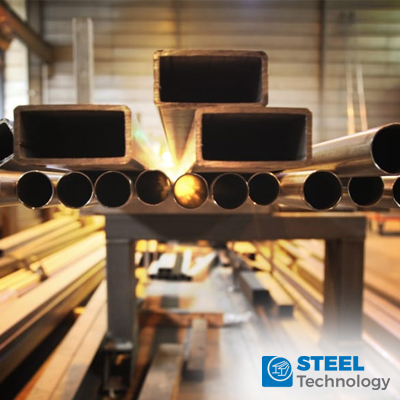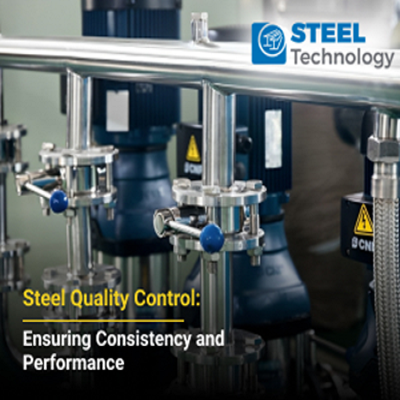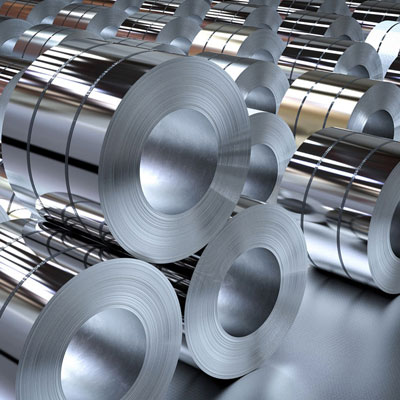Optimizing Steel Quality: Insights into Secondary Metallurgy Techniques

Introduction
Steel is a fundamental material in various industries, from construction to automotive manufacturing. The quality of steel directly impacts product performance and durability. Secondary metallurgy plays a crucial role in optimizing steel quality, enhancing its properties, and meeting stringent industry standards. This article explores key insights into secondary metallurgy techniques and their impact on steel quality.
1. Understanding Secondary Metallurgy
Secondary metallurgy refers to refining processes that occur after the primary steelmaking stage. It involves precise control over chemical composition, temperature, and inclusion content to achieve desired steel properties. Secondary metallurgy techniques are essential for achieving high-quality steel with specific characteristics such as strength, toughness, and corrosion resistance.
2. Key Secondary Metallurgy Techniques
a. Ladle Refining: Ladle refining is a common secondary metallurgy technique where the steel undergoes additional refining in a ladle before casting. Processes like degassing, desulfurization, and alloying are carried out to remove impurities and adjust composition.
b. Vacuum Degassing: Vacuum degassing removes gases such as hydrogen and oxygen from molten steel, improving its cleanliness and reducing the risk of defects like porosity. This technique enhances steel properties such as toughness and ductility.
c. Argon Oxygen Decarburization (AOD): AOD is a refining process that reduces carbon content in stainless steel while adjusting alloy elements. It enhances steel cleanliness, minimizes non-metallic inclusions, and improves corrosion resistance.
d. Electroslag Remelting (ESR): ESR is used for producing high-quality specialty steels. It involves melting a consumable electrode in a water-cooled copper mold under a slag layer, resulting in refined steel with reduced segregation and improved homogeneity.
3. Impact of Secondary Metallurgy on Steel Quality
Secondary metallurgy plays a crucial role in enhancing the quality of steel across various industrial applications. One of its significant impacts is seen in cleanliness and inclusion control. Techniques like vacuum degassing and Argon Oxygen Decarburization (AOD) are employed to reduce impurities and non-metallic inclusions in steel. This results in cleaner steel, which exhibits improved mechanical properties and a superior surface finish, making it ideal for a wide range of uses.
Moreover, secondary metallurgy enables precise control over alloying elements. This control allows for the production of specialized steels tailored to specific requirements. For instance, it facilitates the creation of high-strength steels suited for structural applications or corrosion-resistant alloys designed for harsh environments. This level of control ensures that the steel produced meets stringent performance criteria and industry standards, thereby expanding its utility and value.
Additionally, secondary metallurgy techniques contribute to the reduction of defects in steel. By minimizing issues such as porosity, segregation, and inclusions, these techniques lead to higher quality steel with consistent properties. This is particularly crucial in industries where quality and reliability are paramount, ensuring that the steel performs reliably under demanding conditions and meets the expectations of end-users and regulatory bodies alike.
4. Advanced Technologies in Secondary Metallurgy
Secondary metallurgy advancements continue to evolve with innovative technologies and methodologies aimed at further enhancing steel quality. Ladle furnace automation stands out as a key development, where automation technologies play a pivotal role in refining processes. By automating ladle furnace operations, these systems offer precise control and consistency, reducing human error and optimizing steel quality. Real-time monitoring and adjustment of parameters ensure that the steel meets desired specifications, contributing to improved performance and reliability across various applications.
Another significant advancement is computational modeling, which has revolutionized secondary metallurgy. Computational modeling tools simulate complex processes involved in secondary metallurgy, enabling predictive analysis and optimization. These tools enhance process understanding, efficiency, and the ability to develop new steel grades with tailored properties. Through computational modeling, researchers and engineers gain insights into the intricacies of secondary metallurgy, leading to continuous improvements in steel quality and performance.
Furthermore, inclusion engineering has emerged as a focused area within secondary metallurgy research. Advanced techniques are employed to control and modify inclusions in steel, targeting improvements in properties such as fatigue resistance and fracture toughness. This specialized approach to inclusion management is vital for producing high-performance steels that meet the demanding requirements of modern applications. Inclusion engineering represents a growing field of innovation, contributing significantly to the advancement of secondary metallurgy and the overall quality of steel products.
5. Future Trends and Challenges
The future of secondary metallurgy is shaped by several key trends that are driving innovation and progress in the industry. One of these trends is a strong emphasis on sustainability, with a focus on practices that promote environmental responsibility. Recycling and reducing energy consumption are central to this sustainability drive, leading to the increased adoption of technologies like electric arc furnaces and clean steel production methods. These approaches not only contribute to minimizing environmental impact but also enhance the overall efficiency and eco-friendliness of secondary metallurgy processes.
Another significant trend is the integration of digitalization and data analytics into secondary metallurgy operations. This integration enables real-time monitoring, optimization, and predictive maintenance, leading to improved process efficiency and higher product quality. By harnessing the power of data-driven insights, manufacturers can make informed decisions, enhance control over production parameters, and ensure consistent, high-quality steel output.
Additionally, ongoing research and development efforts are focused on advancing materials in secondary metallurgy. The goal is to create advanced materials with superior properties, such as ultra-high-strength steels and lightweight alloys, particularly for automotive and aerospace applications. These materials not only offer enhanced performance but also contribute to achieving sustainability goals by reducing overall weight and improving fuel efficiency in transportation sectors. This continuous pursuit of advanced materials underscores the dynamic nature of secondary metallurgy, driving innovation and shaping the future of steel production.
Conclusion:
Optimizing steel quality through secondary metallurgy techniques is essential for meeting industry demands for high-performance materials. Advancements in process control, automation, and materials development are driving improvements in steel quality, paving the way for innovative applications across various sectors.











